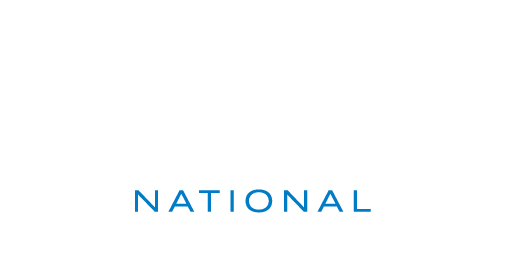Youth Labor Force Participation Surged this Summer
In August 16, The Bureau of Labor Statistics released its annual report on seasonal employment among 16-to-24-year-olds. BLS reported 9.1 percent youth unemployment rate, its lowest level since 1966. From April through July, 21.2 million young people were employed and 2.1 million unemployed.
Looking at demographics, the July 2019 labor force participation among young men, at 63.2 percent, was up by 2.1 percentage points over the year. The rate for women, at 60.4 percent, was little changed over the same period. By race, unemployment rates were little changed over the year for whites, at 8 percent; Asians, 8.2 percent; and Hispanics, 11.3 percent. Black and African American youth unemployment was 14.6 percent.
Looking at the distribution of employed young workers by industry or sector, 24.9 percent worked in the leisure and hospitality sector; 17.2 percent worked in retail; 13.4 percent worked in education and health services; 8 percent in professional and business service…
Read the report here.
Families Provided Care for Education, Training Vary
The Urban Institute has been researching state Child Care and Development Fund policies, examining the intersections of childcare with workforce development and postsecondary education, for more than half a decade. The recent research briefs provide a first look on the actual use of CCDF-subsidized care by parents enrolled in education and training and an update on state policies in this area.
Coverage levels and eligibility policies vary significantly across states. Generally, care that is subsidized by the federal block grant must be provided to low-income families. Most states prioritize recipients of Temporary Assistance for Needy Families benefits and working families. States, however, have discretion in providing care to parents who are enrolled in education or training, or are searching for jobs.
Find the research briefs here.
Public Charge Rule to Expel Legal Immigrants Based on SNAP
The Department of Homeland Security published final rules of an immigration regulation advanced by the Trump Administration that will deny admission to the United States for immigrants who have used certain public benefits, such as nutrition and housing assistance, when it takes effect on October 15. The regulation is formally titled Inadmissibility on Public Charge Grounds, but it is commonly referred to as the Public Charge rule.
The Immigration and Nationality builds off the Immigration and Nationality Act. The regulation allows the Department of Homeland Security to deny admission to anyone who is “likely at any time to become a public charge.” This prevents people without wealth or advanced education from achieving legal immigration status. Its policies make holding down a job important for people seeking permanent admission. The law states that age, health, family status, assets, resources, and financial status as well as education and skills shall be considered but does not specify how.
To learn more, click here.
